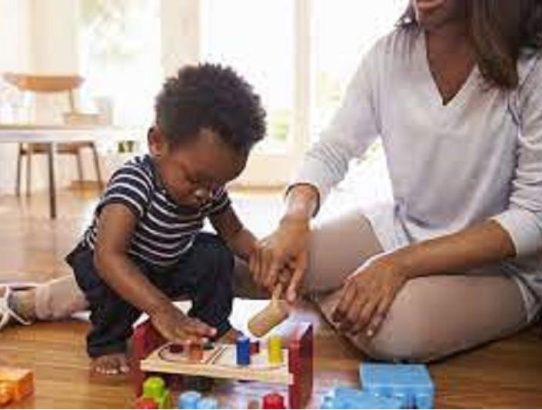15 Everyday Interactions That Provide Opportunities To Help Your Child Reach Their Speech Therapy Goals
One of the facets of speech therapy, unlike many other treatments that a child may have to undertake, is that opportunities to help the child are bountiful. What we mean by that is that a child with speech and language difficulties can be helped to take steps towards their speech therapy goals taken beyond the times they are visiting their speech pathologist.
This, of course, means that the child’s family, and in particular their parents, can play a huge role in the child’s speech therapy, and many of the ways that can be done present themselves in ordinary, day-to-day scenarios. These opportunities are especially beneficial when they call for verbal interaction.
At the core of these verbal interactions will be situations when the child wants or needs something. The reason for this is that these are moments when they are most likely going to be persuaded or encouraged to speak, given that there is likely to be some kind of reward as a result.
Read More

